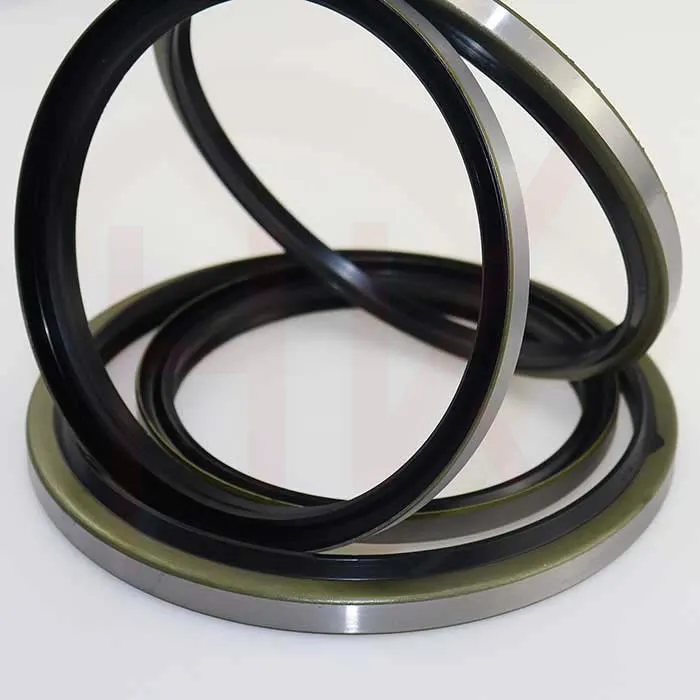ನವೆಂ . 22, 2024 15:08 Back to list
hydraulic cylinder seal replacement
Hydraulic Cylinder Seal Replacement A Step-by-Step Guide
Hydraulic systems are essential for various machinery and equipment, providing the force necessary for lifting, pushing, or pulling heavy loads. One critical component of these systems is the hydraulic cylinder, which utilizes seals to maintain pressure and prevent fluid leakage. Over time, seals can wear out or become damaged, leading to reduced efficiency, increased maintenance costs, and even total system failure. This article offers a comprehensive guide on hydraulic cylinder seal replacement, ensuring you can keep your machinery running smoothly.
Understanding Hydraulic Cylinder Seals
Before diving into the replacement process, it’s essential to understand the role of hydraulic cylinder seals. They are designed to prevent hydraulic fluid from leaking out of the cylinder and simultaneously keep dirt and contaminants from entering the cylinder. This dual function is vital for the longevity and efficiency of the hydraulic system.
Common types of seals used in hydraulic cylinders include
1. Wiper Seals - These prevent debris from entering the cylinder. 2. Piston Seals - They prevent fluid leakage around the piston and maintain pressure. 3. Rod Seals - These ensure that the hydraulic fluid remains within the cylinder when the rod is extended or retracted.
Signs That Seals Need Replacement
Identifying the need for seal replacement is crucial for maintaining your hydraulic system. Some common signs include
- Fluid Leakage Obvious signs of oil around the cylinder indicate worn or damaged seals. - Reduced Performance If the hydraulic system shows sluggish movement or a decline in lifting power, it may be time to check the seals. - Increased Noise Unusual sounds from the hydraulic cylinder can signal that the seals are failing.
Tools and Materials Required
Before starting the seal replacement process, gather the necessary tools and materials
- Replacement seals (specific to your hydraulic cylinder) - Hydraulic oil - Wrench set - Screwdrivers - Seal removal tool - Clean rags - Safety gloves and goggles
Step-by-Step Replacement Process
hydraulic cylinder seal replacement

1. Safety First Always ensure that the hydraulic system is depressurized. Disconnect the power source and relieve the pressure by operating the hydraulic controls.
2. Remove the Cylinder Detach the hydraulic cylinder from its mounting. Use the appropriate wrenches to remove bolts and carefully slide the cylinder out.
3. Disassemble the Cylinder Depending on the design, remove the end cap or the cylinder head. This step may involve unfastening bolts or screws.
4. Remove Old Seals Use a seal removal tool to carefully extract the old seals from their grooves. Take care not to scratch or damage the cylinder surfaces.
5. Clean the Cylinder Thoroughly clean the cylinder and all components using clean rags. Remove any dirt, debris, or old seal remnants. This step is crucial as contaminants can cause new seals to fail prematurely.
6. Install New Seals Carefully install the new seals into their respective grooves. Ensure they are seated properly, avoiding twists or overlaps.
7. Reassemble the Cylinder Reattach the cylinder head or end cap, ensuring all bolts are tightened to the manufacturer’s specifications.
8. Reinstall the Cylinder Slide the hydraulic cylinder back into its mounting position and secure it with the appropriate fasteners.
9. Refill Hydraulic Fluid Ensure the hydraulic system is filled with the correct type and amount of hydraulic fluid. Check for any leaks as the system pressurizes.
10. Test the System Reconnect the power source and operate the hydraulic system. Monitor its performance and ensure there are no leaks.
Conclusion
Replacing hydraulic cylinder seals is a manageable task for those with some mechanical skills. By following these steps and paying attention to detail, you can enhance the performance and longevity of your hydraulic system. Regular maintenance and timely seal replacement will not only save you money in the long run but also ensure your equipment operates efficiently and safely. Remember, when in doubt, consult with a professional or refer to the manufacturer’s guidelines for specific instructions related to your hydraulic system.
-
TCN Oil Seal Metal Ring Reinforcement for Heavy Machinery
NewsJul.25,2025
-
Rotary Lip Seal Spring-Loaded Design for High-Speed Applications
NewsJul.25,2025
-
Hydraulic Cylinder Seals Polyurethane Material for High-Impact Jobs
NewsJul.25,2025
-
High Pressure Oil Seal Polyurethane Coating Wear Resistance
NewsJul.25,2025
-
Dust Proof Seal Double Lip Design for Construction Equipment
NewsJul.25,2025
-
Hub Seal Polyurethane Wear Resistance in Agricultural Vehicles
NewsJul.25,2025
-
The Trans-formative Journey of Wheel Hub Oil Seals
NewsJun.06,2025
Products categories
















